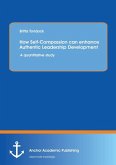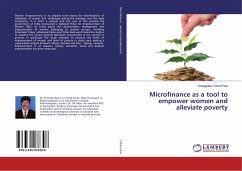This study addresses the question of the impact of packaging to demand a price premium leveraging the example of retailer brand premium products in the food segment in Germany. Product tiering is a pricing structure that is commonly used by producers, in which consumers are segmented by willingness to pay for specific (added) product benefits. This is a way of maximizing utility for both consumers and producers, and is commonly already leveraged by producers of branded products, but lately also by retailer brands, especially to enable growth outside the value tier. This research uses a survey across grocery purchase decision makers in Germany to identify the relationship of packaging and willingness to pay across a sample of retailer brand Tier 1, Tier 2 and Tier 3 products as well as a branded product in four different grocery categories. The intent is to answer whether i) packaging currently justifies the premium price of retailer brand tier 1 products compared to other product tiers, ii) packaging justifies the tier 1 retailer brand price premium, and iii) demographics influence the willingness to pay a premium price.








